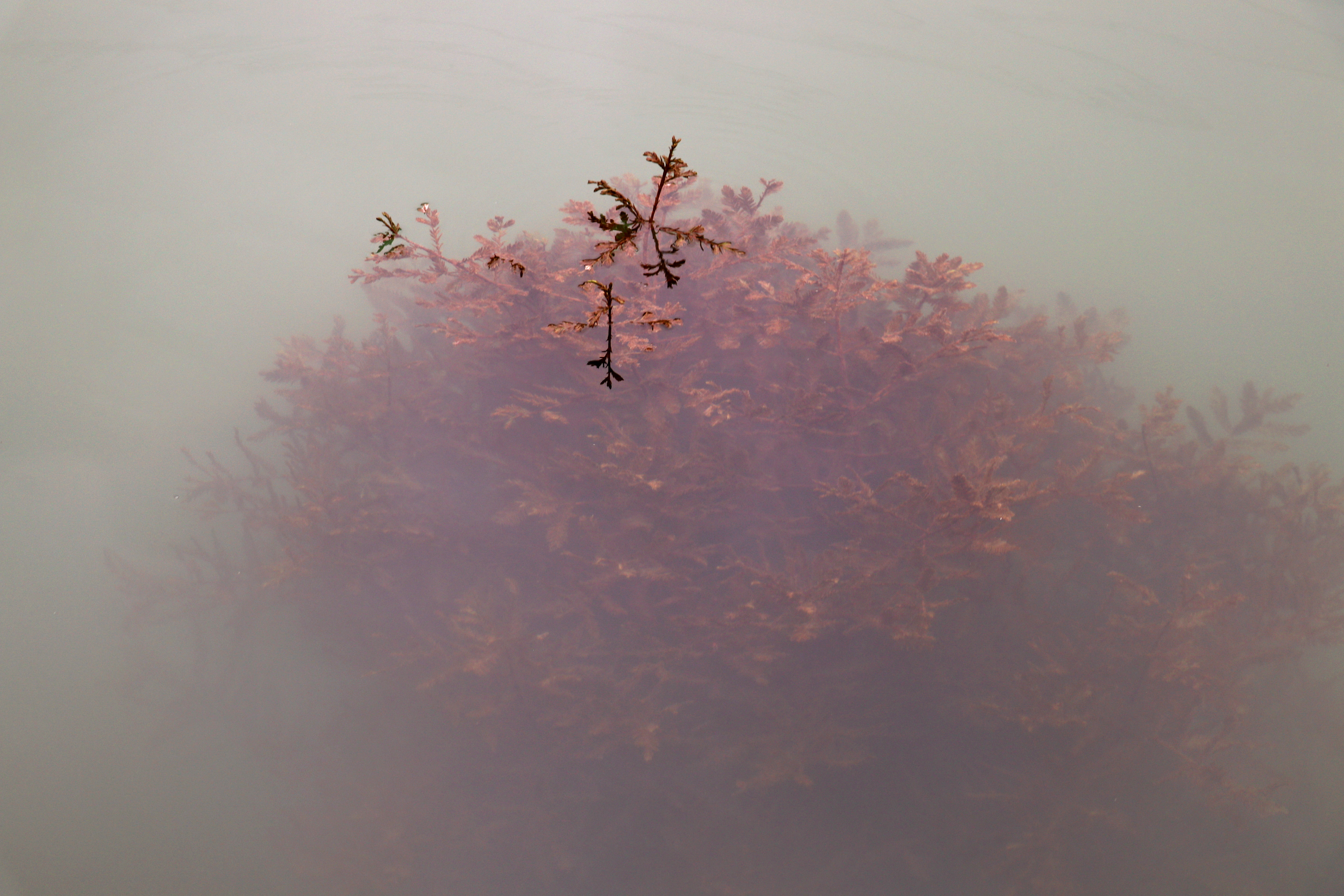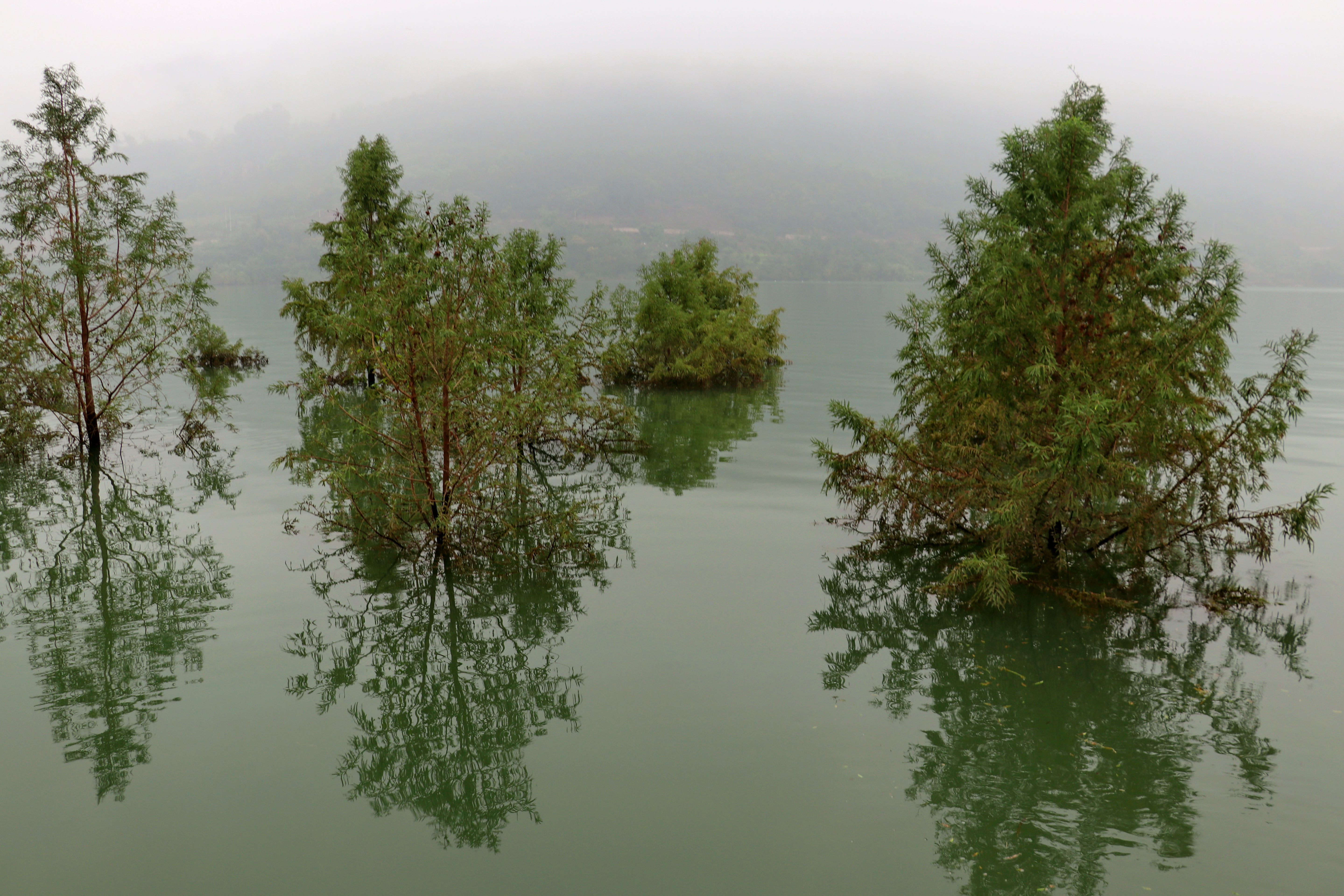New Study on Submergence Tolerance of Trees in the Three Gorges Reservoir, China
In recent years, the Three Gorges Reservoir in China has undergone significant environmental changes due to the construction of the Three Gorges Dam. Consequently, understanding the submergence tolerance of trees in this area has become increasingly important. In this study, we aim to investigate the submergence tolerance of Taxodium distichum, which has been used to stabilize the banks of the reservoir during times of high water level.
We completely submerged 6 months old seedling of T. distichum and diagnosed underwater (PN), hydrophobicity, gas film thickness, Chlorophyll concentration and needles anatomy at discrete time points during a 30-day submergence event. We also constructed response curves of underwater PN to CO2, light and temperature.
During the 30-day submergence period, no growth or formation new leaves were observed, and therefore T. distichum shows a quiescence response to submergence. The hydrophobicity of the needles declined during the submergence event resulting in complete loss of gas films. However, the Chlorophyll concentration of the needles also declined significantly, and it was there not possible to identify the main cause of the corresponding significant decline in underwater PN. Nevertheless, even after 30 days of complete submergence, the needles still retained some capacity for underwater photosynthesis under optimal light and CO2 conditions.
However, to fully understand the stunning submergence tolerance of T. distichum, we propose that future research concentrate on unravelling the finer details in needle anatomy and biochemistry as these changes occur during submergence.
The paper is open access and can be accessed from this link!

During November, some specimen of Taxodium distichum become completely submerged.

Further up the banks, the tree are only partially submerged (some only waterlogged), but the flooding occur durign several months.
We completely submerged 6 months old seedling of T. distichum and diagnosed underwater (PN), hydrophobicity, gas film thickness, Chlorophyll concentration and needles anatomy at discrete time points during a 30-day submergence event. We also constructed response curves of underwater PN to CO2, light and temperature.
During the 30-day submergence period, no growth or formation new leaves were observed, and therefore T. distichum shows a quiescence response to submergence. The hydrophobicity of the needles declined during the submergence event resulting in complete loss of gas films. However, the Chlorophyll concentration of the needles also declined significantly, and it was there not possible to identify the main cause of the corresponding significant decline in underwater PN. Nevertheless, even after 30 days of complete submergence, the needles still retained some capacity for underwater photosynthesis under optimal light and CO2 conditions.
However, to fully understand the stunning submergence tolerance of T. distichum, we propose that future research concentrate on unravelling the finer details in needle anatomy and biochemistry as these changes occur during submergence.
The paper is open access and can be accessed from this link!
During November, some specimen of Taxodium distichum become completely submerged.
Further up the banks, the tree are only partially submerged (some only waterlogged), but the flooding occur durign several months.
